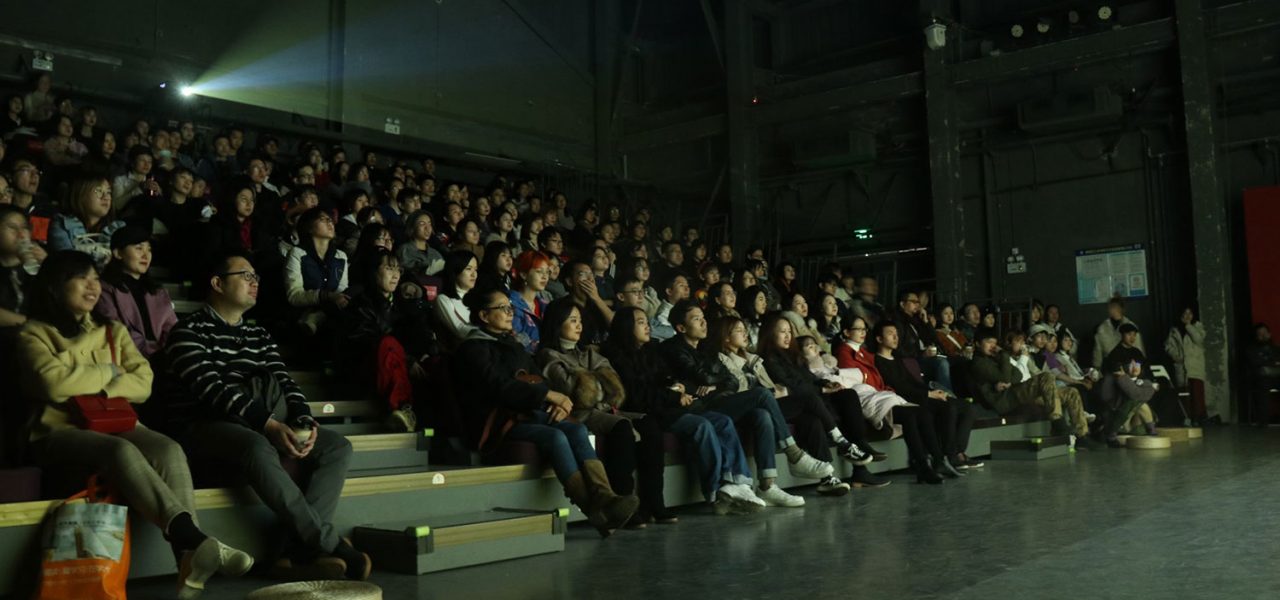
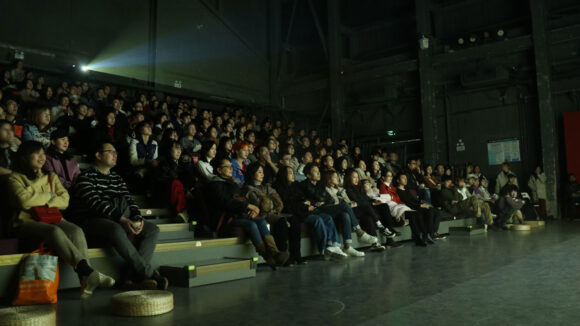
Report: Feinaki Beijing Animation Week, An Event That’s Bringing Indie Animation To Chinese Audiences
The first edition of the Feinaki Beijing Animation Week ran November 14–17, with the major awards going to Roman Sokolov’s The Theory of Sunset (grand prize), Jie Shen’s Splash (Feinaki award for best Chinese animation), and Dian Liang’s Sparky (student prize).
Normally, mention of a new animation event and their prizes is not all that newsworthy. Animation events, good and suspect, are popping up all over the place. What sets the Feinaki Animation Week apart is that it happened in China and was organized by a group of independent artists.
That’s kind of a big deal for China.
Over the years, I’ve received a few invitations to attend animation events in the country. I turned them all down because I had heard — and this was later confirmed by colleagues who did attend — that they were little more than bizarre conferences that prioritized spectacle (imagine hundreds of performers onstage during the opening and closing ceremonies) and official signings and talks that seem to signify nothing. Screenings, when they did exist, were poorly curated afterthoughts.
But when Feinaki (local slang for “phenakistiscope,” one of the earliest animation devices) approached me with an invitation to be on the jury, I didn’t hesitate. This was because the person who invited me was Xi Chen, a respected independent animator and director of films like The Six and A Fly in the Restaurant. Chen told me that this was a new event organized by himself and a gaggle of like-minded artists.
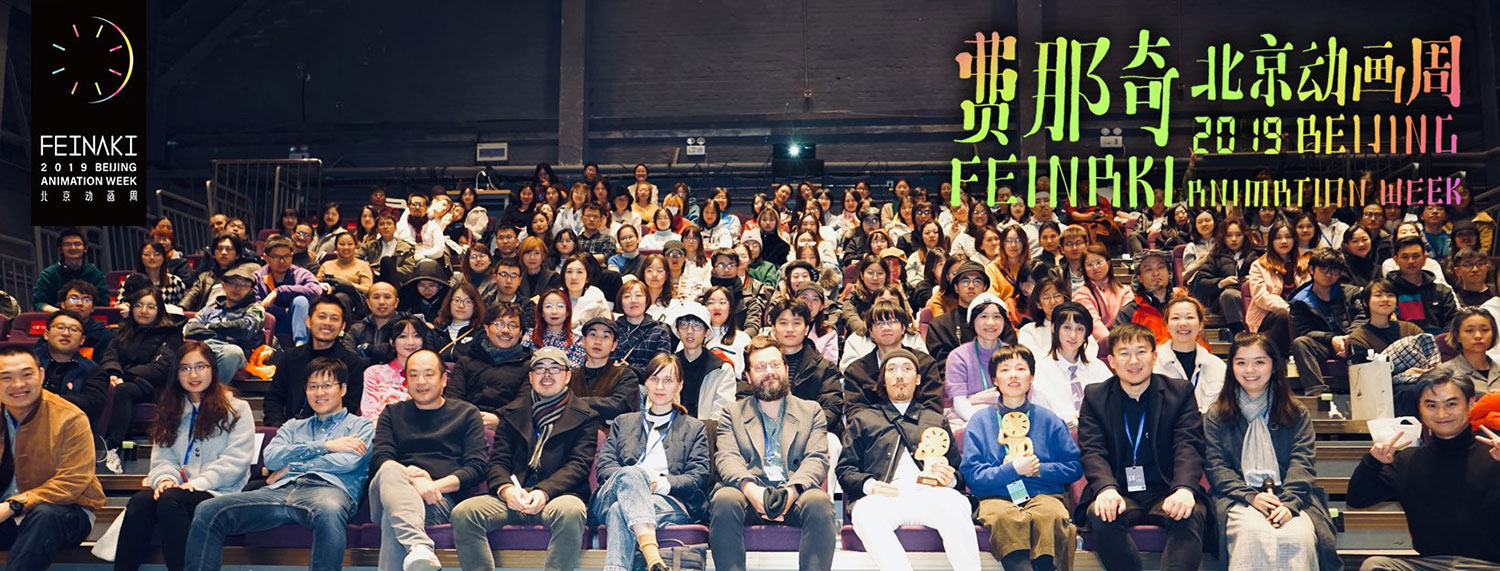
So, why not? During the last decade there has been some outstanding and innovative animation out of China. Coming from the likes of Lei Lei, Xi Chen, Jie Shen, Xun Sun, Xiaotao Zhang, Liu Yi, and others, indie Chinese animation films are often bold, graphic works that straddle the line between the art world and experimental animation. Far from the mainstream manga-influenced works that dominate the Chinese market, these films tackle an assortment of personal and political issues, like identity, sexuality, and history.
Finding a bridge between those types of artists and an audience was one of the primary goals of the Feinaki Animation Week. As the organizers (a collective of artists known as the Feinaki Animation Gang) told me, “We want to inspire and encourage independent animation artists, and to connect domestic audiences to the independent animation filmmakers.”
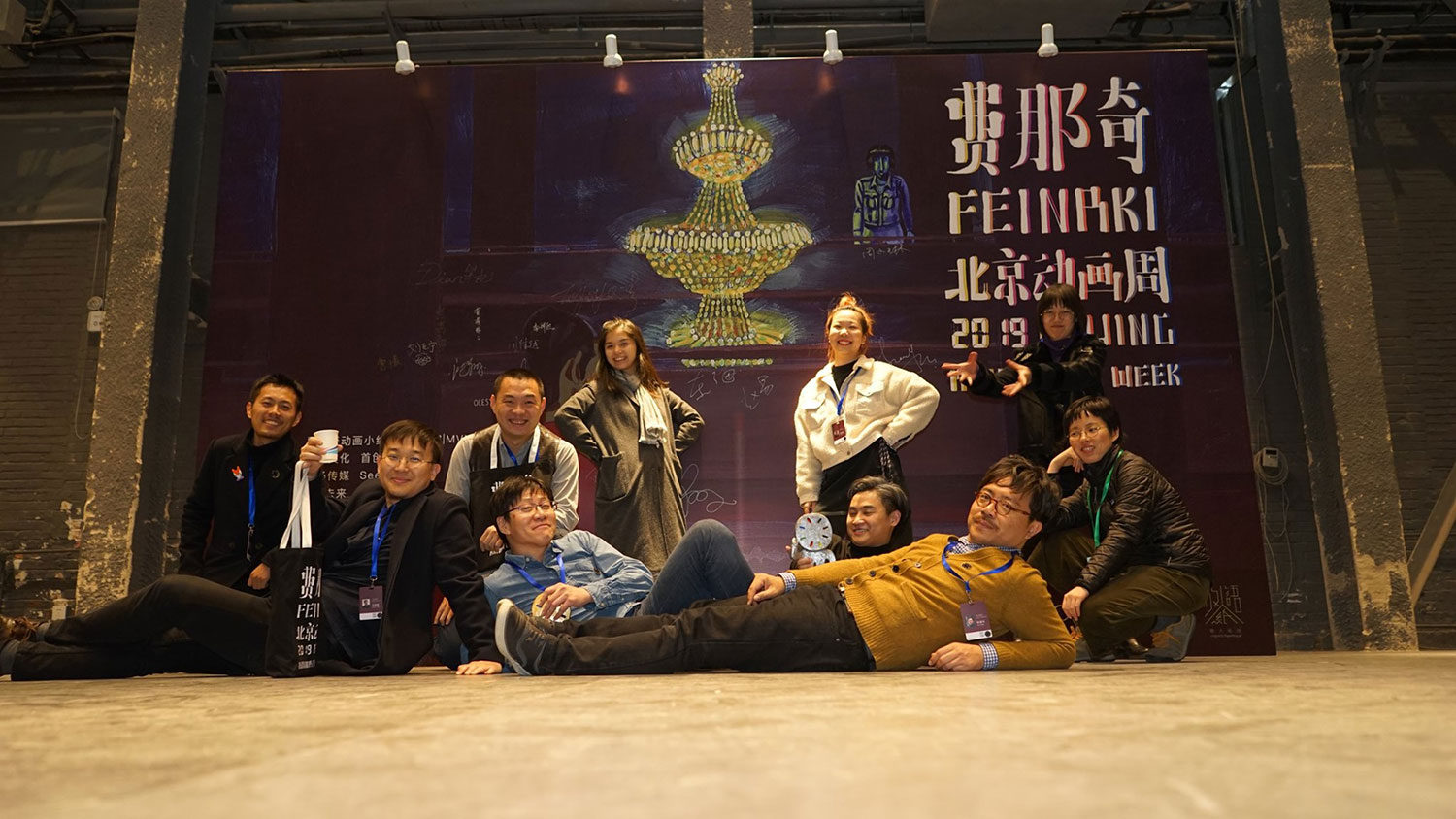
Feinaki took place in central Beijing. Surrounded by heavy traffic and a sea of skyscrapers — imagine midtown Manhattan — the event was located in a rather unique space called Yoshe. The venue, which you enter through an upscale coffee shop, looks like an abandoned airplane hangar. On one side of the space, there were 30 or 40 iPad-like devices on stands scattered about. Each device contained one of the works in the gif competition. In the middle of the space was your usual festival merchandise table, and on the other side was a large screen facing 300 or 400 seats.
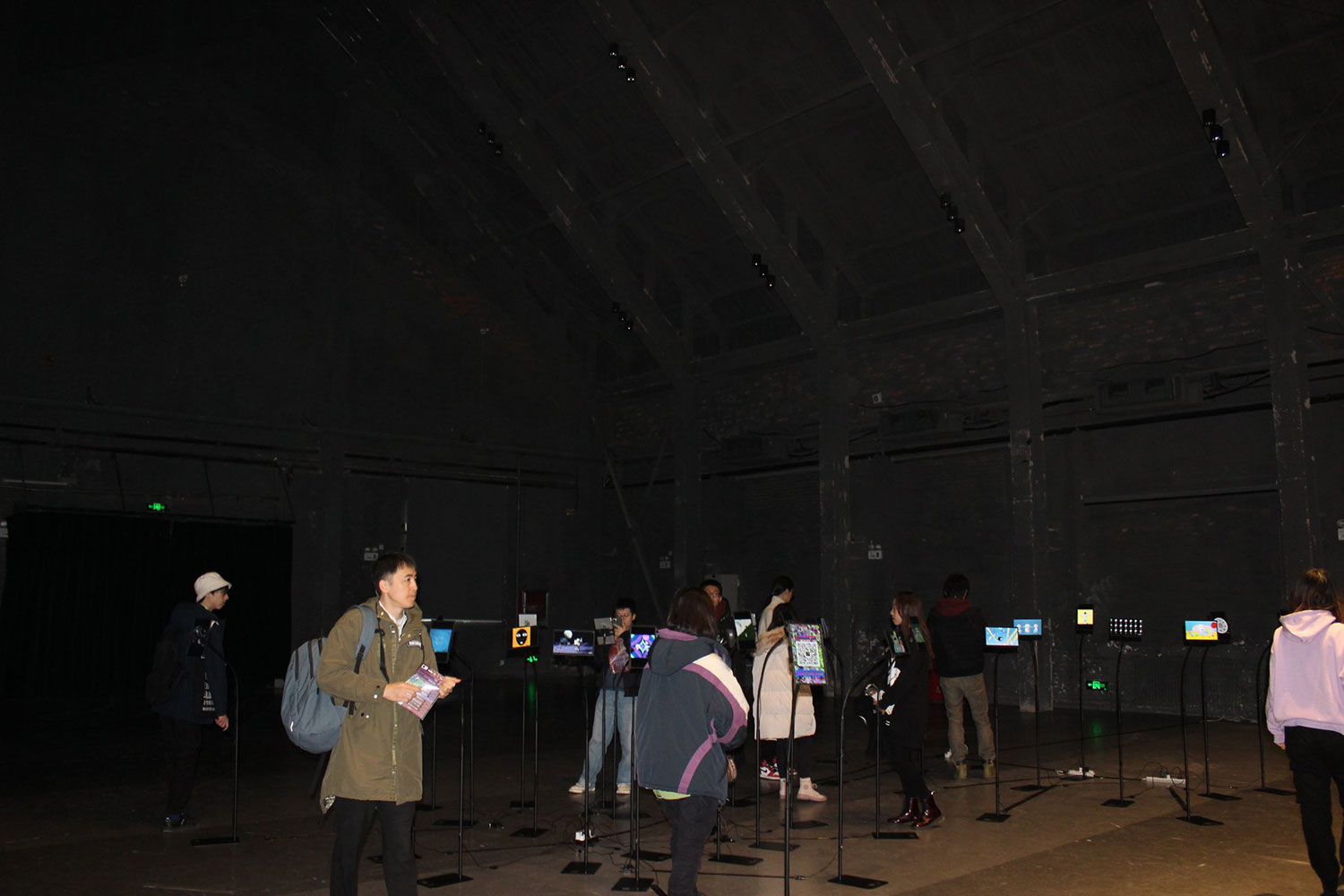
Yoshe is located in an art-friendly area called Langyuan Vintage. The area covers about 300,000 square feet and includes coffee shops, restaurants, galleries, arts companies, and even Sony Music. Throughout the year there are concerts and exhibitions. The space, I later learned, was converted from a 1970s pharmaceutical and medical equipment factory.
Although Feinaki was modest in size (there were a handful of international guests), almost every event was packed with inspired programming, ranging from a tribute to the Royal College of Art (RCA), Russian films for children, and a spotlight on Canadian animation, as well as a competition program and “best of the world” screenings.
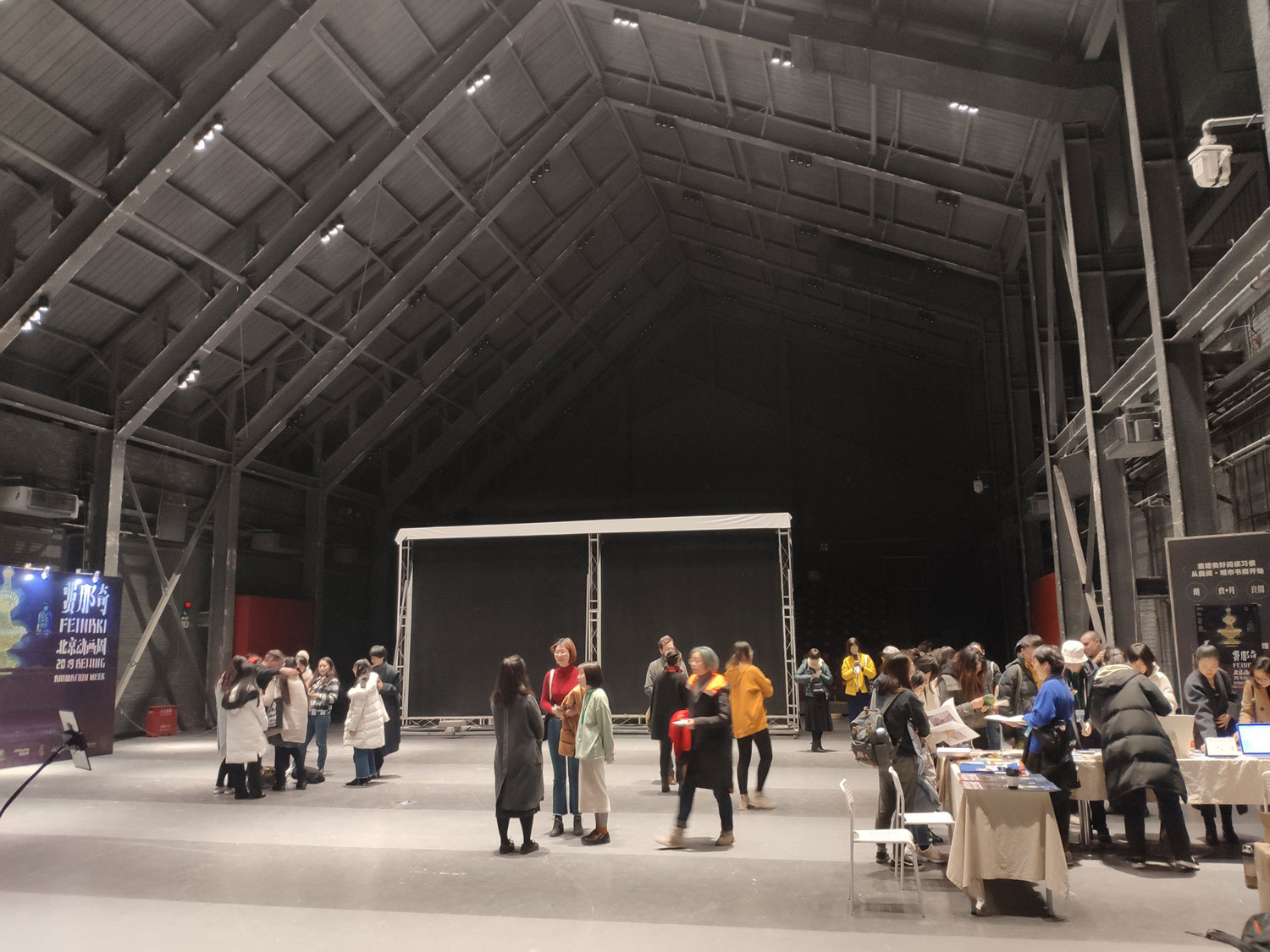
What struck me most was the enthusiasm of the audience. It’s not easy to get around Beijing, so the fact that people were willing to endure lengthy travel times to see a bunch of artsy animated shorts spoke volumes about the thirst to experience such works. And the audience didn’t just turn up: they were very attentive and asked many questions during and after q&a sessions — not something you always see at animation festivals.
Some told me that they’d never been to an event like Feinaki or seen such animated films before. They didn’t say this in a negative way. They were quite excited and inspired. Given the abundance of “fast-food” animation in China, it was quite incredible to find an audience so open to this kind of film. Their reactions suggest that they will be quite willing to attend and support future Feinaki events.
The audience was composed of young people with interests in all sorts of artforms and, surprisingly, even some families and enthusiastic children. “In Beijing,” says co-organizer Youyang Yu, an RCA graduate, “there are a lot of young people who like literature, independent music, independent films, and contemporary art. They always take the initiative to seek something new. We believe that they are the audience we should reach for.”
With no access to Google, Gmail, Facebook, Twitter, and all the usual social media platforms, Feinaki made use of China’s Wechat (think Vimeo, Facebook, Twitter, and Instagram rolled into one). “Wechat,” says Yantong Zhu, Feinaki’s art director, “provides a really good online platform for directly sending event information to the right person without too much promotional cost. That helped us in finding our audience a lot too.”
Perhaps most impressive was how the Feinaki Animation Week was funded. Without access to any government money, organizers had to approach commercial companies. Their biggest supporter, fittingly enough, was Modern Sky, the biggest independent music company in China. The company’s CEO, Lihui Shen, is a musician who studied fine art, so he was open and sympathetic to the aims of the Feinaki group. Langyuan Vintage also gave them a generous discount on venue fees.
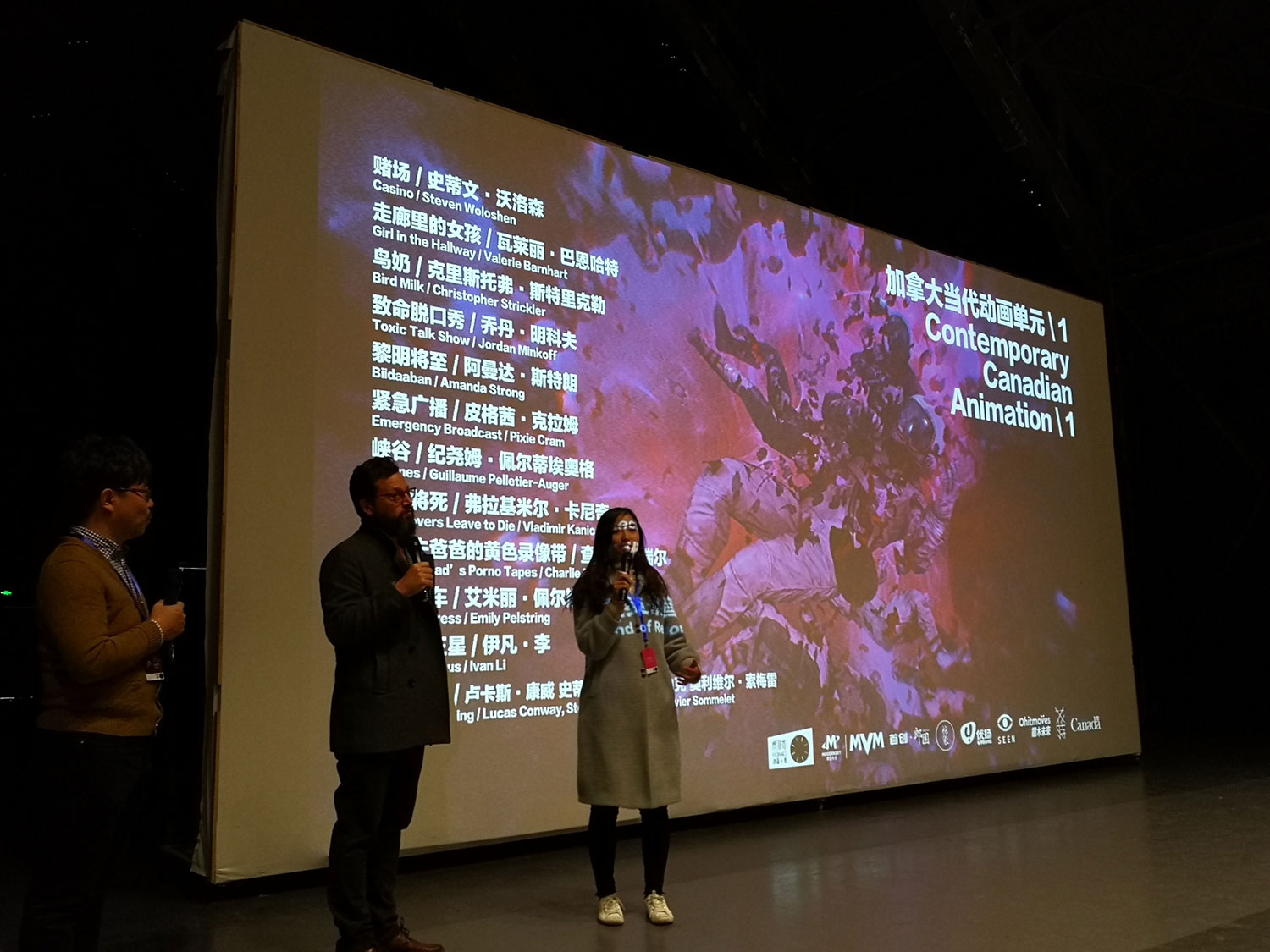
With the first year out of the way, the real challenge now begins for the Feinaki Animation Gang. Will they be able to build on the initial momentum and turn the event into a steady part of the international animation calendar?
“We are well aware,” says Yu, “that independent animation is still for smaller groups of people with individual tastes, and we do not intend to change our taste on film selections. But we hope that through a well curated event like this, we can inspire more potential audiences to discover their deeper interest in art and creativity.”
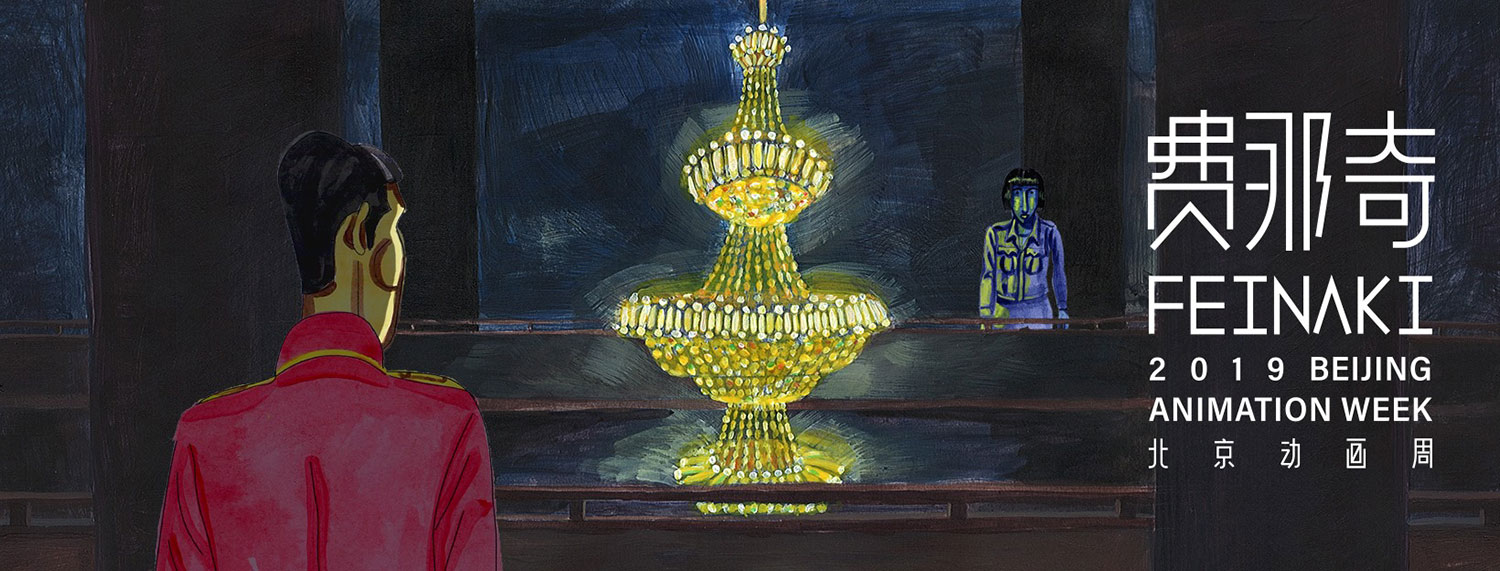

.png)